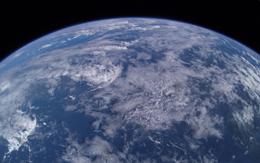Ambitious European project hopes to navigate uncertain funding future.
Sometimes good ideas take a while to be picked up. In 1872, Anton Dohrn, a pioneering German biologist, wrote a commentary in Nature proposing the foundation of “a net of scientific stations” along European coasts, focusing on marine biology (A. Dohrn Nature 5, 277–280; 1872 ). Almost 140 years later, an institute that bears Dohrn’s name is leading a twenty-first-century realization of his idea.
The European Marine Biological Resource Centre (EMBRC) will launch this week at a meeting in Naples, Italy, with the Anton Dohrn Zoological Station in Naples (SZN) taking the lead. Linking 15 existing research centres in 8 countries (see ‘Marine network’), the project will create an overarching organization for European research on marine biology, and provide model organisms for studying fundamental molecular biology and for screening drug candidates, for example. But the project has yet to secure the ambitious budget needed to realize its full potential. Read more












